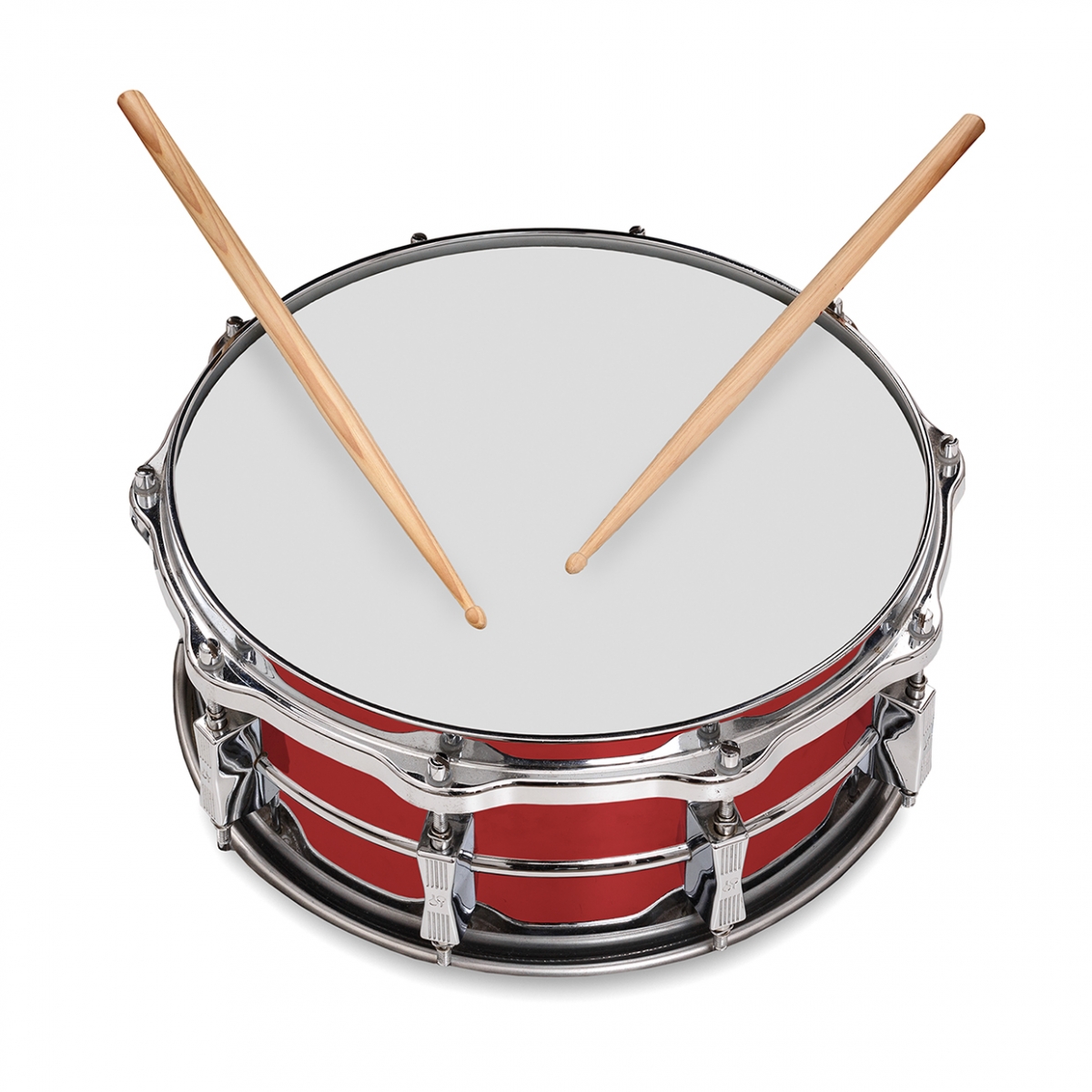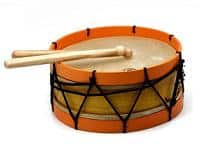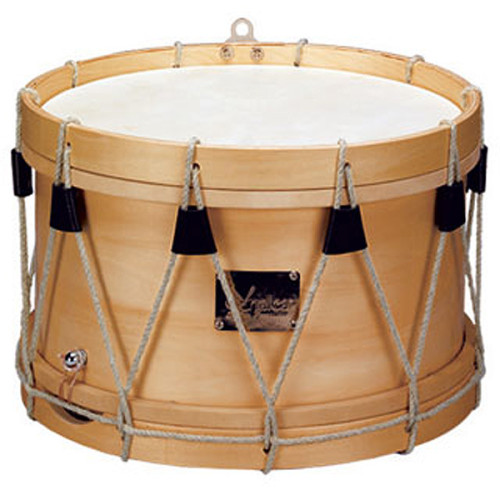Have you ever considered how certain elements in our surroundings, whether they are sounds or physical structures, can truly shape our experiences? It's almost as if some things just resonate with us, you know? Today, we're going to talk about "tambor bambi," a phrase that, in a way, brings together a fascinating mix of ideas, from the gentle flex of wood to the rhythmic beat of a drum. It's really quite interesting how one term can encompass so much, isn't it?
This idea of "tambor bambi" isn't just about a single thing; it's more like a concept that touches on versatility and a certain delicate strength. When you think about it, the word "tambor" itself has so many meanings, from a musical instrument that can produce a deep, resonant sound to a technique in flamenco guitar that mimics a heartbeat. And then, there's the "tambour" in architecture, which is a flexible panel, typically made of wood, used for walls, ceilings, and even doors. It's a bit like a hidden gem in design, offering both beauty and function.
So, what does "bambi" add to this picture? Well, in some respects, it suggests a lightness, a grace, or perhaps even a smaller, more approachable version of these ideas. It could refer to a particular style of tambour panel that has a very fine, linear arrangement of wooden slats, or maybe a drum that produces a particularly light, quick beat. It's about finding that balance between robust structure and an almost effortless appeal, which, honestly, is something many people look for in their spaces and sounds today.
Table of Contents
- What Exactly is Tambor Bambi?
- Why Tambor Bambi Matters for Your Space
- Choosing Your Tambor Bambi
- People Also Ask About Tambor Bambi
- Conclusion
What Exactly is Tambor Bambi?
When we talk about "tambor bambi," we're really exploring a concept that blends different aspects of the word "tambor" with a sense of delicacy or specific application, you know? It's not a single, widely recognized item, but rather a way to describe something that embodies the versatility and distinct qualities associated with "tambor." This could mean a particular type of flexible wood panel that has a very refined look, or perhaps a unique sound from a small drum. It's about finding that special blend that stands out.
The Tambour Panel Connection
At the heart of one interpretation of "tambor bambi" lies the flexible wood tambour panel, which, by the way, is something we know quite a bit about at surfacing solutions. These panels are, in a way, a marvel of design and engineering. They are made from a linear arrangement of wooden slats, which gives them a distinct look that is, quite frankly, very appealing. These slats are joined in a way that allows the entire panel to bend and curve, making them incredibly versatile for various applications.
Think about it: you can use these panels for walls, giving a room a very unique texture and warmth. They are also fantastic for ceilings, adding an architectural element that is both subtle and striking. For those tricky spots like pole wraps, these panels just fit perfectly, creating a smooth, finished appearance where other materials might struggle. And then there's wainscoting, where they can bring a classic touch with a modern twist. They even work wonderfully for tambour doors, which slide and disappear, saving space and looking very sleek. The way they move, it's almost like they have a life of their own, offering both practicality and a pleasing aesthetic.
These panels, whether made from solid wood or other materials, offer a premium feel. The way the light catches the linear arrangement of the slats can create interesting shadows and highlights, which, naturally, adds a lot of character to any space. It's about bringing a natural element indoors in a very refined way, and that, is that, something many people are looking for in their homes and offices today. They really do offer a solution for creating custom, flowing designs that feel both organic and precisely crafted.
Tambor as a Musical Beat
Then, on the other hand, "tambor" also refers to a musical instrument, a percussion instrument that, quite typically, produces a deep sound. This sound can be either very dry and sharp, or it can be quite resonant, depending on how it's played. You use a special mallet or a drumstick to strike the drumheads, and the resulting sound is, in some respects, truly powerful. It's a fundamental part of many musical traditions around the world, providing the rhythmic backbone for countless songs and performances.
There's also a fascinating technique in flamenco guitar and classical guitar called "tambour" (sometimes spelled "tambor" or "tamboro" in music), which, you know, is truly special. This technique actually emulates the sound of a heartbeat, creating a very intimate and percussive effect on the guitar strings. It's a way to add rhythm and depth to the music without needing an actual drum, which is, honestly, quite clever. This shows how the concept of "tambor" can extend beyond the physical instrument into the very fabric of musical expression.
And let's not forget the "tabor," or "tabour," a portable snare drum that, apparently, has been around for ages. It's often played with one hand, or sometimes with two drumsticks, and it's known by various names like "tambour de Provence" or "Catalan tamborí." This small, yet mighty drum, is a testament to the enduring appeal of percussive sounds. It's a shallow metallic cup or drum with a thin elastic membrane, and it's capable of producing a very distinct sound. So, when we think of "tambor bambi" in a musical sense, it might refer to a drum with a particularly light, quick, or perhaps even a delicate sound, something that adds a subtle rhythm rather than an overpowering beat.
Why Tambor Bambi Matters for Your Space
The idea of "tambor bambi," whether it's about the flexible panels or the nuanced sounds, truly matters because it brings a unique blend of aesthetics and functionality into our lives. It's about choosing elements that are not just pretty to look at or pleasant to hear, but also serve a practical purpose and add character. This focus on both form and utility is, quite simply, what makes a space feel complete and truly inviting. It's about creating environments that resonate with us on multiple levels, which, you know, is really important.
Creative Uses for Tambour Panels
When it comes to flexible wood tambour panels, the possibilities for creative use are, quite frankly, pretty vast. Imagine a living room where one wall is covered in these panels, creating a subtle, wavy texture that catches the light in a very interesting way. It adds a warmth and a natural feel that painted walls just can't quite achieve. You can use them to soften the look of a stark room or to add a touch of sophistication to a very plain area. They are, in a way, a designer's secret weapon for adding depth and dimension.
For ceilings, these panels can transform a flat, uninspired surface into something quite special. Think about a long hallway with a tambour ceiling that gently curves, guiding your eye along the space. It's a very elegant solution that can make a room feel taller or more expansive, depending on how it's installed. And for those awkward columns or posts in a room, wrapping them in tambour panels creates a seamless, finished look that is, literally, much more appealing than just leaving them exposed. It turns a structural necessity into a design feature, which is, arguably, very clever.
Then there are the tambour doors. These are not your typical swinging doors; they slide and coil, disappearing into a cabinet or a wall. This is particularly useful in small spaces where every inch counts, like a compact kitchen or a home office. They offer a very clean look, as there are no visible hinges or handles when the door is open. It's a very practical solution that also looks incredibly modern and sleek. These panels, quite simply, offer a way to bring a sophisticated, custom feel to any project, whether it's a big renovation or just a small update. They are, in some respects, a very smart choice for anyone looking to add a touch of class and functionality.
The Rhythmic Appeal of Tambor
Beyond the visual appeal of the panels, the "tambor bambi" concept also touches on the rhythmic side of life. The sound of a tambor, whether it's the deep thud of a large drum or the quick snap of a smaller one, has a very primal appeal. It's something that connects us to ancient traditions and the very beat of life. The way a drum can produce both dry, crisp blows and resonant, lingering sounds is, honestly, quite remarkable. It shows the versatility of a seemingly simple instrument, and how it can be used to create a wide range of emotions and energies.
Consider the flamenco guitar technique that emulates a heartbeat. This is a very subtle, yet powerful, use of the "tambor" concept. It's not about a loud, booming sound, but rather a quiet, insistent rhythm that adds a layer of intimacy to the music. It's a reminder that rhythm is everywhere, not just in loud percussion, but in the subtle pulses of life. This idea of a "bambi" tambor, then, could be about those softer, more delicate rhythms that nonetheless provide a vital foundation. It's about the underlying pulse that makes everything else flow, which, you know, is really quite profound.
So, whether it's the visual rhythm of the wooden slats on a panel or the actual beat from a drum, the "tambor bambi" idea celebrates the power of rhythm and pattern. It's about how these elements, both seen and heard, can bring a sense of order and life to our surroundings. It's a very human way to connect with the world around us, finding beauty in both the grand and the subtle. This connection to rhythm and pattern is, literally, something that has been part of human experience for centuries, and it continues to influence how we design our spaces and create our art.
Choosing Your Tambor Bambi
When you're thinking about bringing "tambor bambi" into your own space, whether it's through flexible wood panels or an appreciation for rhythmic sounds, there are a few things to consider, you know? For the panels, think about the kind of wood grain and finish that would best suit your existing decor. Do you want something light and airy, or something darker and more dramatic? The linear arrangement of the wooden slats can vary in width, too, so consider what kind of visual effect you're going for. A narrower slat might give a more delicate, "bambi"-like feel, while wider slats might offer a bolder statement. It's all about personal preference and how it fits with your overall vision.
For those interested in the musical aspect, exploring different types of drums or even learning about the tambour technique in guitar can be a very rewarding experience. You might find that a smaller, more portable drum, like a tabor, produces just the kind of light, crisp sound you're looking for. Or perhaps you'll be drawn to the subtle, heartbeat-like rhythm created by a flamenco guitar. It's about finding what resonates with you, quite literally. You can learn more about flexible wood tambour panels on our site, and also explore other design ideas by linking to this page here.
Remember, the goal is to choose elements that not only look good or sound good, but also feel right for you and your environment. It's about creating a space that feels harmonious and reflects your own unique style. The versatility of "tambor" in all its forms means there's almost certainly a "tambor bambi" solution out there that's just perfect for you. You might also want to check out some resources on the history of percussive instruments to get a broader perspective, for instance, a good starting point could be the Wikipedia page on drums.
People Also Ask About Tambor Bambi
Here are some common questions people often have about "tambor bambi" and related concepts:
What are flexible wood tambour panels used for?
Flexible wood tambour panels are, you know, incredibly versatile. They're used for a bunch of things like covering walls, creating unique ceilings, wrapping around poles, adding decorative wainscoting, and even making those cool tambour doors that slide away. They offer a way to bring a very natural and flowing look to many different parts of a building or piece of furniture.
How does a tambor drum produce sound?
A tambor drum makes sound when you hit its drumheads with a special mallet or a drumstick. The impact causes the drumhead, which is a thin membrane, to vibrate. These vibrations then create sound waves that we hear. Depending on how you strike it and the drum's size, it can make deep, resonant sounds or quick, dry ones, which, honestly, is pretty neat.
What is the tambour technique in flamenco guitar?
The tambour technique in flamenco and classical guitar is a way of playing that, in a way, makes a sound like a heartbeat. Guitarists use their hand to tap or strike the strings in a specific rhythm, creating a percussive effect without plucking the strings in the usual way. It's a very unique and rhythmic addition to the music, giving it a very intimate feel.
Conclusion
So, we've explored the idea of "tambor bambi," seeing how it brings together the elegant flexibility of wood tambour panels with the rich, varied sounds of drums and musical techniques. It's about appreciating the quiet strength of a well-crafted surface and the subtle power of a rhythmic beat. This concept, you know, truly highlights how design and sound can create spaces and experiences that feel both harmonious and deeply personal. It's about finding that special touch that makes a difference.



